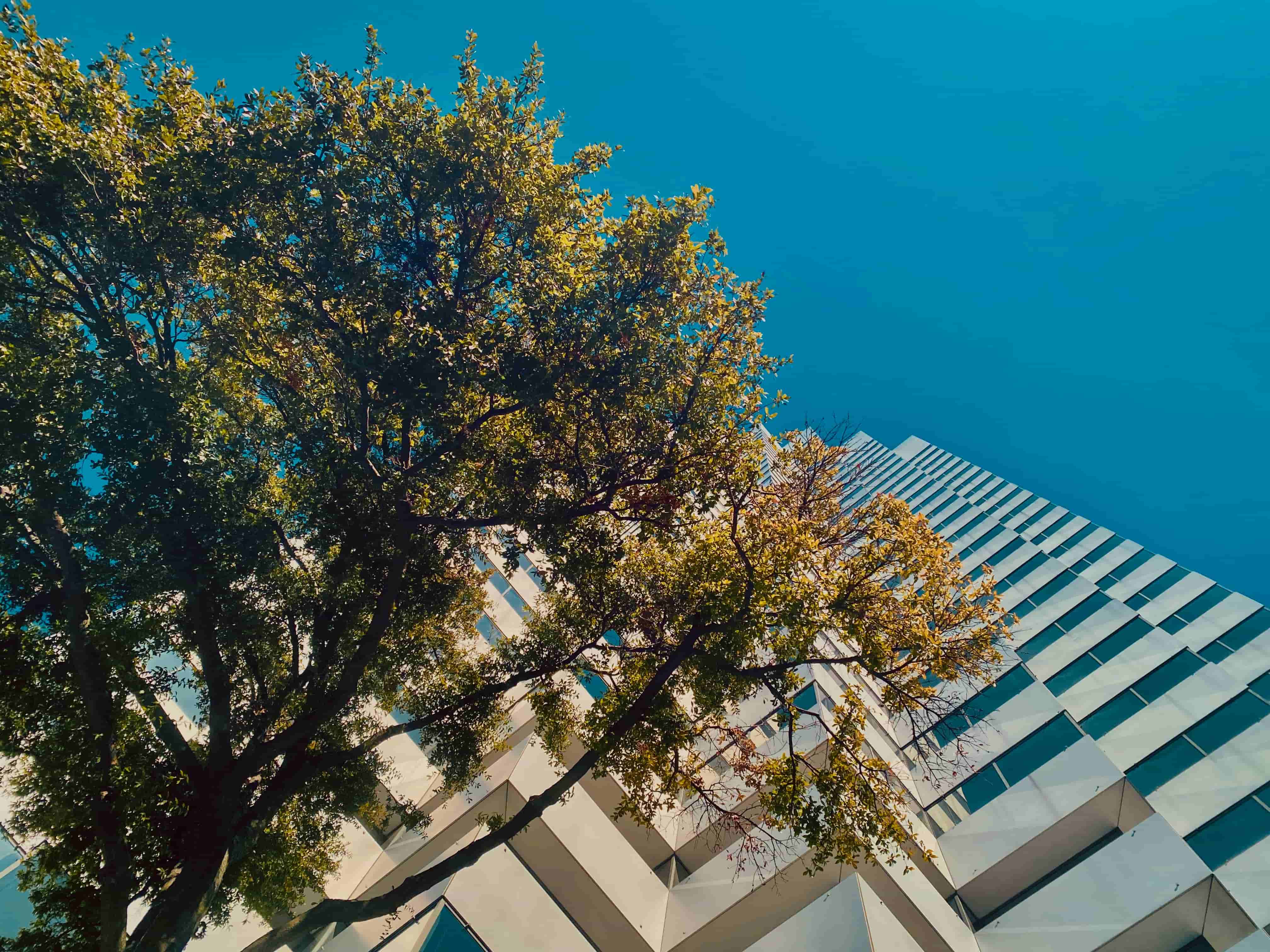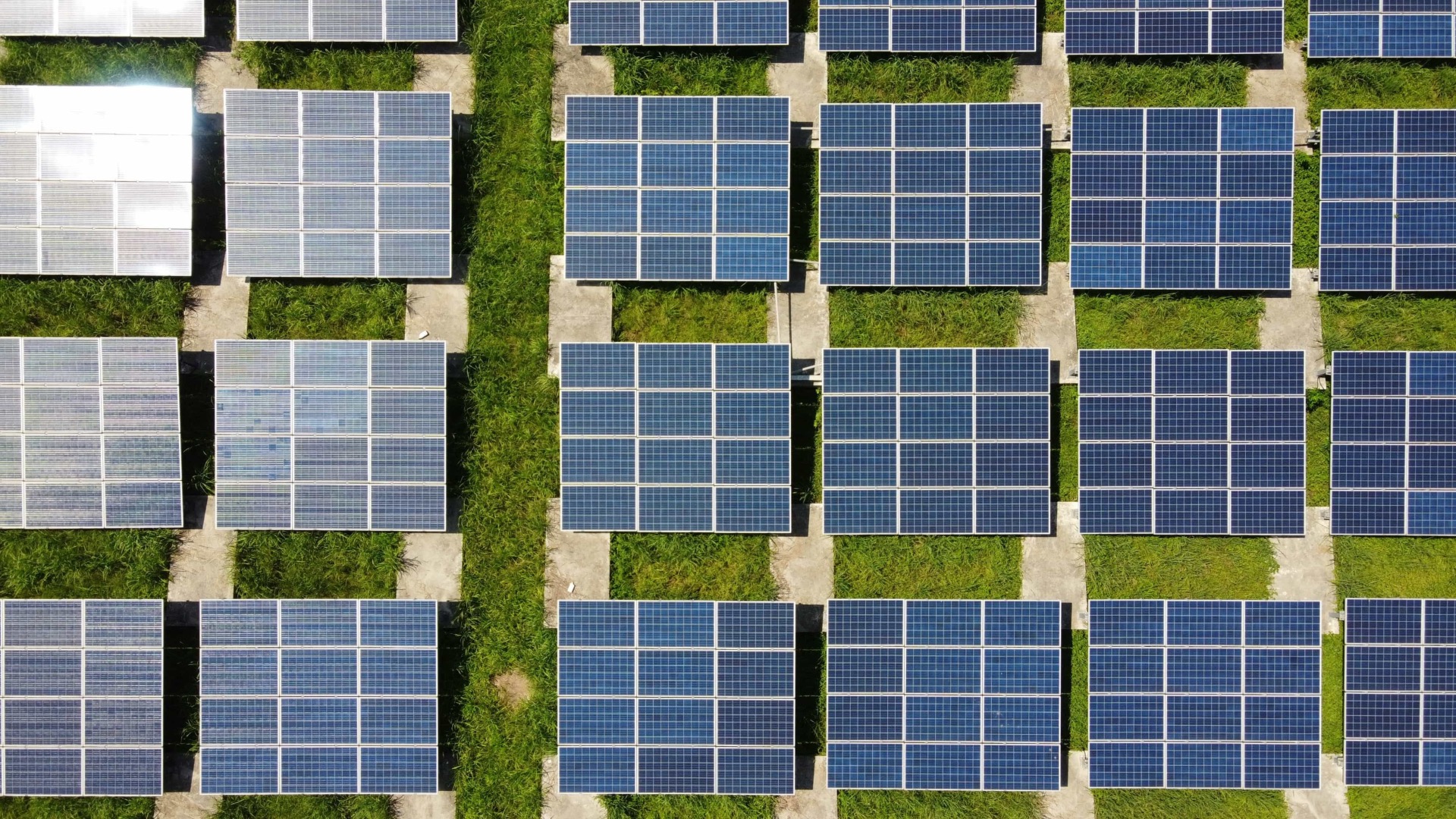In a rapidly warming world, cities face an escalating challenge: keeping their populations cool while temperatures rise. Trees, often viewed as nature’s air conditioners, provide a powerful solution to urban heat stress. A new global study reveals just how effective urban trees are at cooling cities and the factors that influence their impact. Covering 182 studies across 110 cities, the research offers critical insights into how trees can combat the urban heat island effect, protect people from extreme heat, and improve overall urban life.
How Trees Keep Cities Cool
Trees cool cities in two primary ways: by providing shade and through a process called transpiration. Shade reduces the amount of solar radiation absorbed by roads, buildings, and other urban surfaces. Meanwhile, transpiration allows trees to release moisture into the air, which lowers surrounding temperatures. Together, these mechanisms can reduce pedestrian-level air temperatures by up to 12°C on hot days, making them an essential tool in combating heatwaves.
The Study: A Global Analysis of Tree Cooling
The research analyzed data from cities spanning 17 climate types, including tropical, arid, temperate, and continental regions. It found that the cooling power of trees depends on three main factors: the local climate, the layout of the city, and the traits of the trees themselves.
In tropical and temperate climates, a mix of evergreen and deciduous trees was shown to be the most effective at cooling, particularly in open urban areas. In arid climates, evergreen trees - better suited to dry conditions - were more successful at reducing temperatures. Across all regions, trees in open spaces with good air circulation provided the most significant cooling effects.
Urban Design and Tree Cooling
The structure of cities, or urban morphology, plays a crucial role in determining how well trees cool their surroundings. In densely built areas, known as compact zones, trees can trap heat beneath their canopies, reducing their cooling efficiency. By contrast, in more open areas, trees allow for better airflow and greater cooling.
The study highlights the importance of strategic tree placement. For instance, planting trees along streets with good air circulation or in parks with fewer obstructions maximizes their cooling potential. The orientation of roads and buildings also matters; areas with higher “sky view factors” (open views of the sky) see the greatest cooling benefits.
Tree Selection Matters
Not all trees are equally effective at cooling. Deciduous trees, which lose their leaves seasonally, provide substantial shade and transpiration during hot months, but their cooling effect diminishes in winter. Evergreen trees, on the other hand, offer year-round shade and consistent cooling. Tree species with dense canopies and high leaf surface areas, such as oak and maple, excel at reducing temperatures. Additionally, drought-tolerant species like certain pines and acacias are ideal for hot and dry climates.
Trees and Climate Change
As cities grow hotter due to climate change, the cooling power of trees is becoming more critical. The study found that trees are particularly effective in reducing temperatures during heatwaves, though extreme heat and drought can limit their ability to cool. High temperatures may cause trees to close their stomata - tiny pores in their leaves - reducing transpiration and, consequently, cooling.
Urban planners are encouraged to prioritize tree species that are resilient to extreme heat and drought. Fast-growing, heat-resistant species can provide quicker relief, while long-term planning should focus on species that mature into large, robust trees.
The Bigger Picture
This study emphasizes that trees are not just a decorative feature of urban life—they are an essential component of sustainable city planning. Beyond cooling, trees improve air quality, reduce energy consumption, and enhance the quality of life for city residents. By carefully selecting and strategically planting trees, cities can combat the increasing risks of heatwaves and create healthier, more livable environments for their populations.
As the world faces record-breaking temperatures, this research underscores the need to integrate trees into urban design on a global scale. Whether it’s planting drought-resistant evergreens in arid climates or creating tree-lined streets in tropical cities, the solutions are clear: trees are our best allies in the fight against urban heat.


